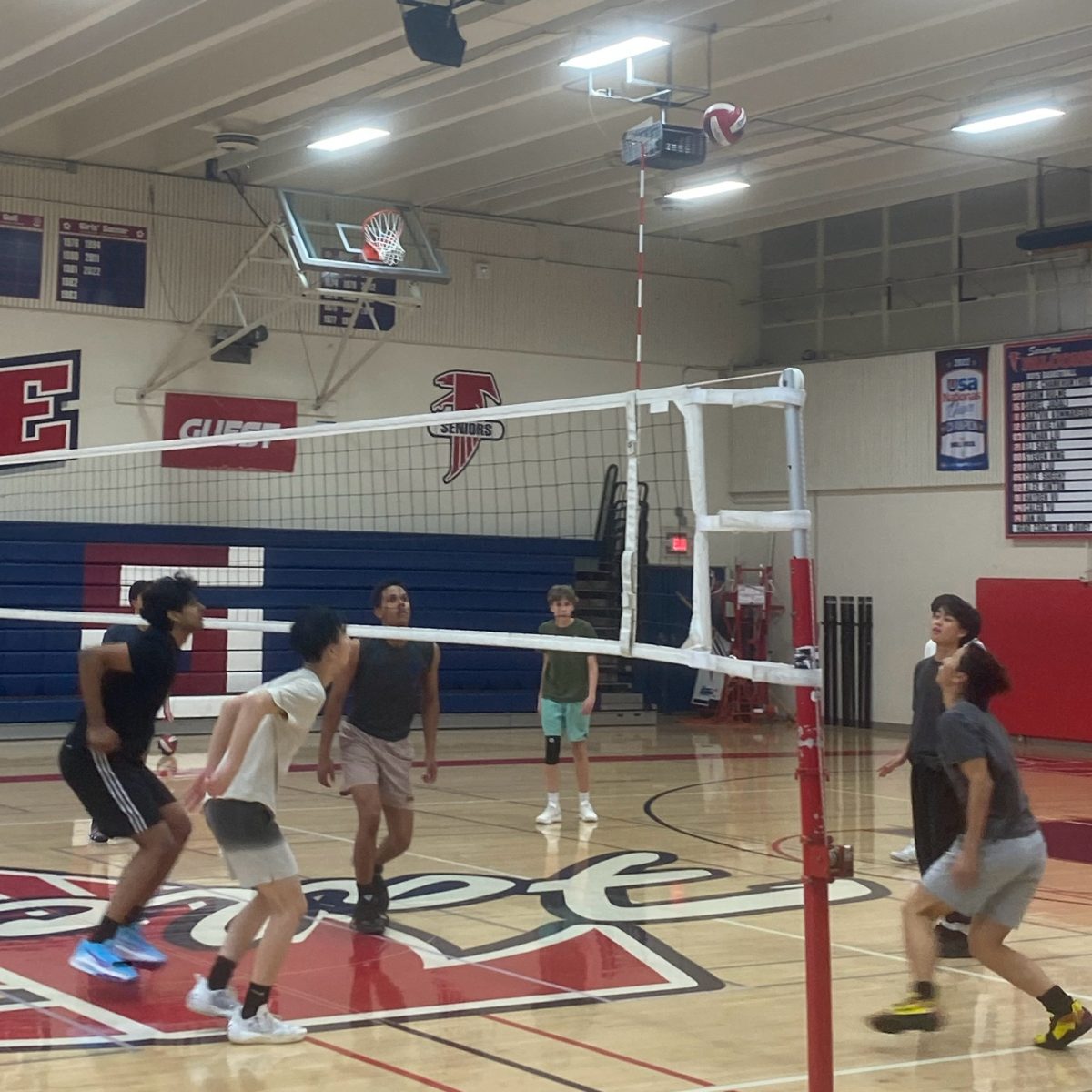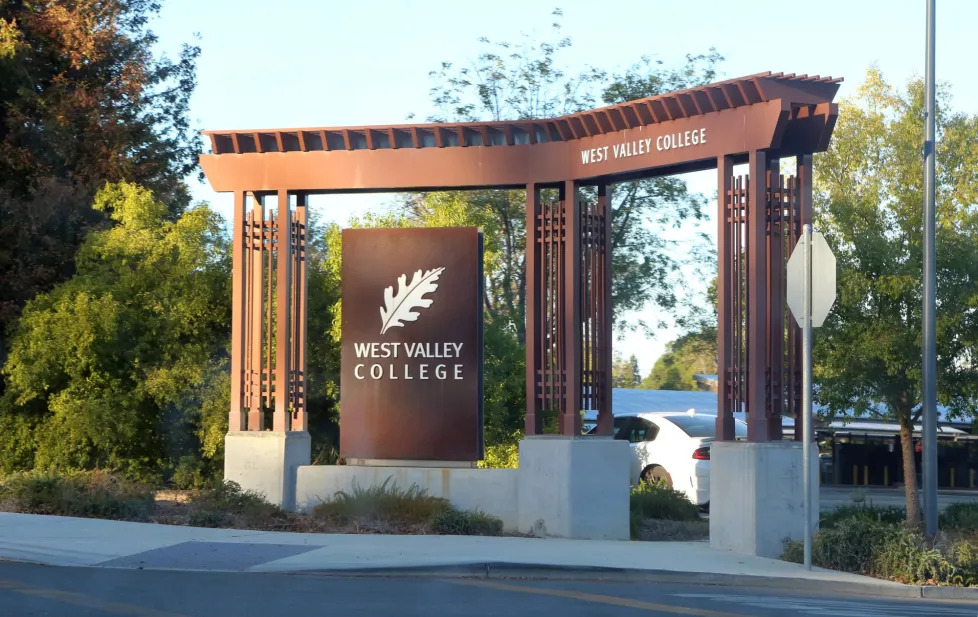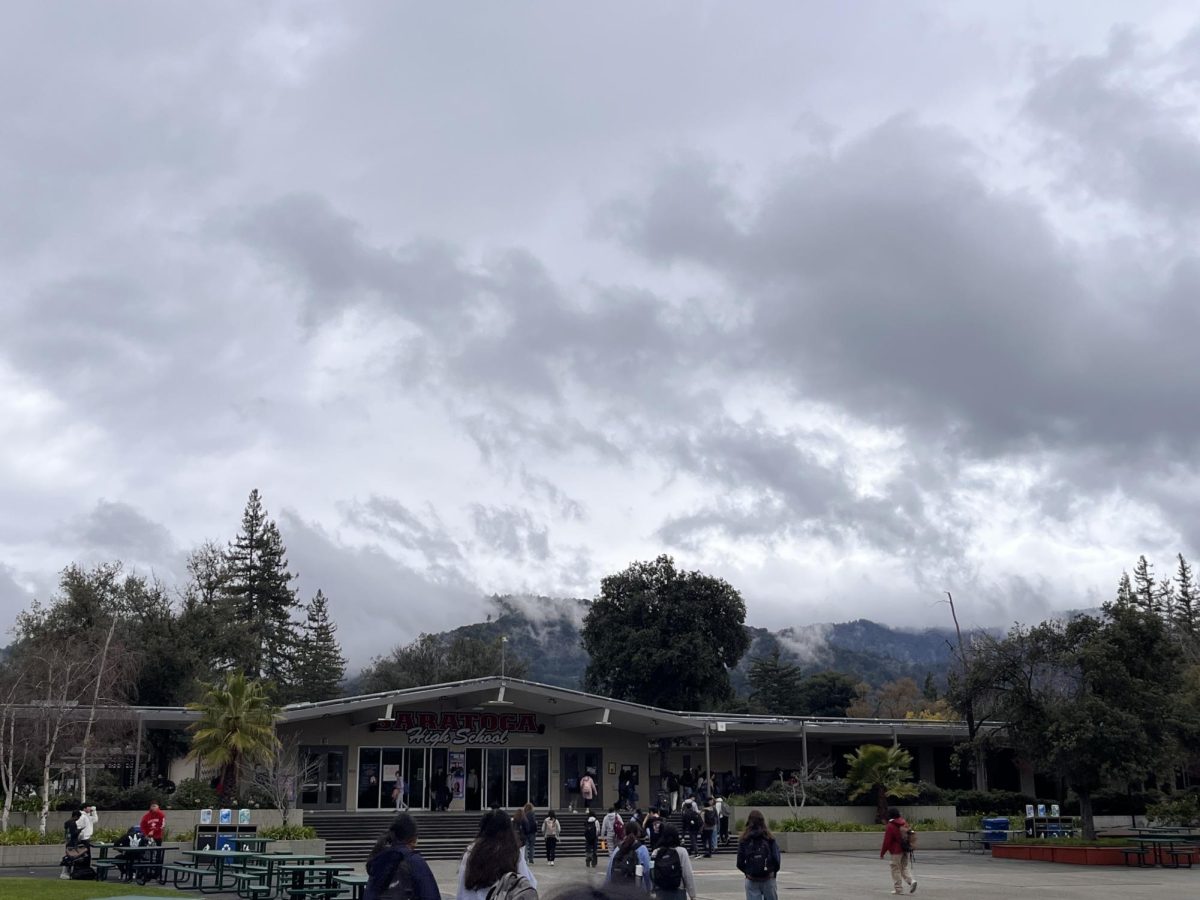For much of the past decades, students and parents have pushed the district to consider solar as a way of powering both schools. That vision is now much closer to reality, following the five-member board’s unanimous approval of a proposal with a company called Centrica in its late September meeting.
The approval followed an informative hearing comparing various financial routes, layout options and other important statistics.
Toby Mockler, the district’s director of maintenance, facilities and transportation, presented the finalized plan to the board. It includes six rows of panels providing shade in the front parking lot but no electric vehicle chargers. Construction is expected to start in the coming months and be completed in 2026.
The district will use a Power Purchase Agreement (PPA) for the project, which has a low upfront cost and offloads all installation and maintenance to a third party, buying all the electricity produced at a contracted price for the next 20–25 years. According to district estimates for the next 25 years, the plan will cost the district $80,000-90,000 in energy purchase costs every year, but will lead to cumulative savings of over $2.5 million during that time.
That means that the district will pay little to no money at all during the construction process, with most costs coming from energy purchases, and energy that goes unused can be saved or monetized.
One option that was not chosen was to obtain the system through a cash purchase with general obligation (GO) bonds. While this option poses the best financial performance, the expected initial cost would have been around $10 million and the district would be in charge of maintenance and ownership.
The first proposed layout for SHS included panels in the staff parking lot with 385 kWp, or kilowatts-peak (the hourly electrical power produced when the system is running at full capacity), and 620,000 kWh, or kilowatts-hour (the energy provided by one kilowatt an hour).
The board ended up selecting Mockler’s second proposed layout, which includes six rows of panels in the front parking lot with a system size of 785 kWP and 1,254,000 kWh.
Under both systems, the district would be able to use around 90% of the energy produced. However, the board preferred the second layout because of its fiscal advantages under the PPA system.
Due to the nature of the system, the solar panel project is expected to have both financial and practical benefits for the school, Mockler said.
Currently, the two biggest sources of energy usage at the school are the Heating, Ventilation and Air Conditioning system (HVAC), which uses around 50% of the energy, followed by the lighting system, which uses 25% of the energy.
In October 2023, the board canceled major renovations on the gym’s HVAC system after renovation costs rose from $1 million to $3.5 million. The solar energy system is expected to reduce maintenance costs, which could allow for more options regarding long-term renovations.
“We have a set price for our power for the next 30 years,” Mockler said. “We know every month what that bill is going to be which gives us fiscal reliability. That’s something that we can budget for the next 30 years and we’re able then to look at the money that we have in facilities, and [allocate the funds accordingly].”
However, the process of installation is challenging to execute due to a combination of factors such as dense paperwork and getting state approval for various phases.
Although no concrete plan is yet in place, the board will explore different options to address these potential traffic issues. According to Mockler, construction would ideally start during summer in order to minimize the inconvenience to students and other drivers.
The construction will consist of two phases: development and deployment. The development phase is split into five parts — four of which are already completed, while the fifth is around 80% done. Once the development phase concludes, construction will move onto the design phase, obtaining permits and installing the panels, which Mockler estimates will take 9-12 months.
“The district is really taking its time to make sure that no steps are missed, to avoid any surprises down the track,” Mockler said. “If we take that approach, then we can do things like make sure the parking lot is right; make sure that the impact on the school is mitigated; and that we end up with the best system that supplies our needs.”






























